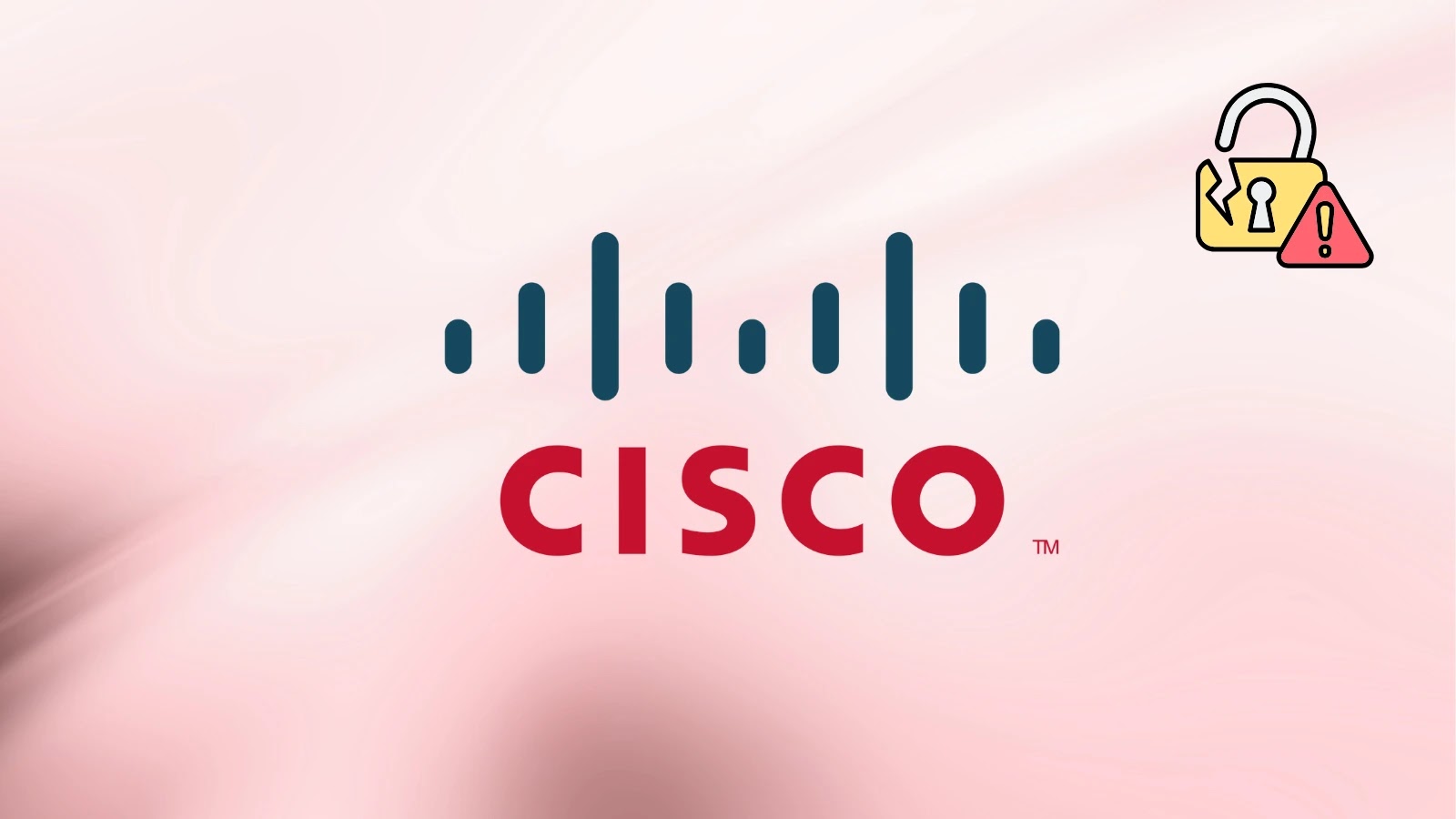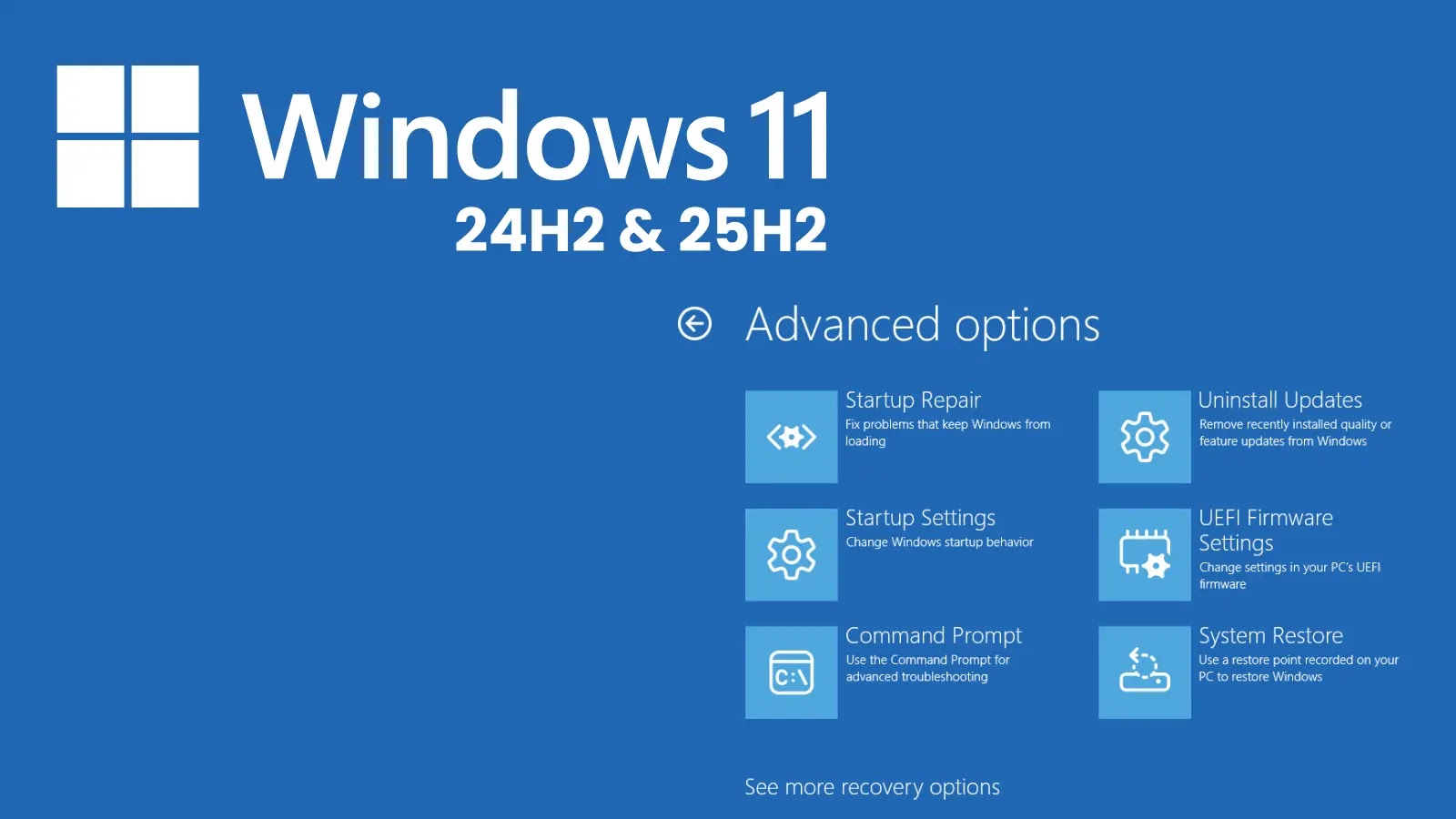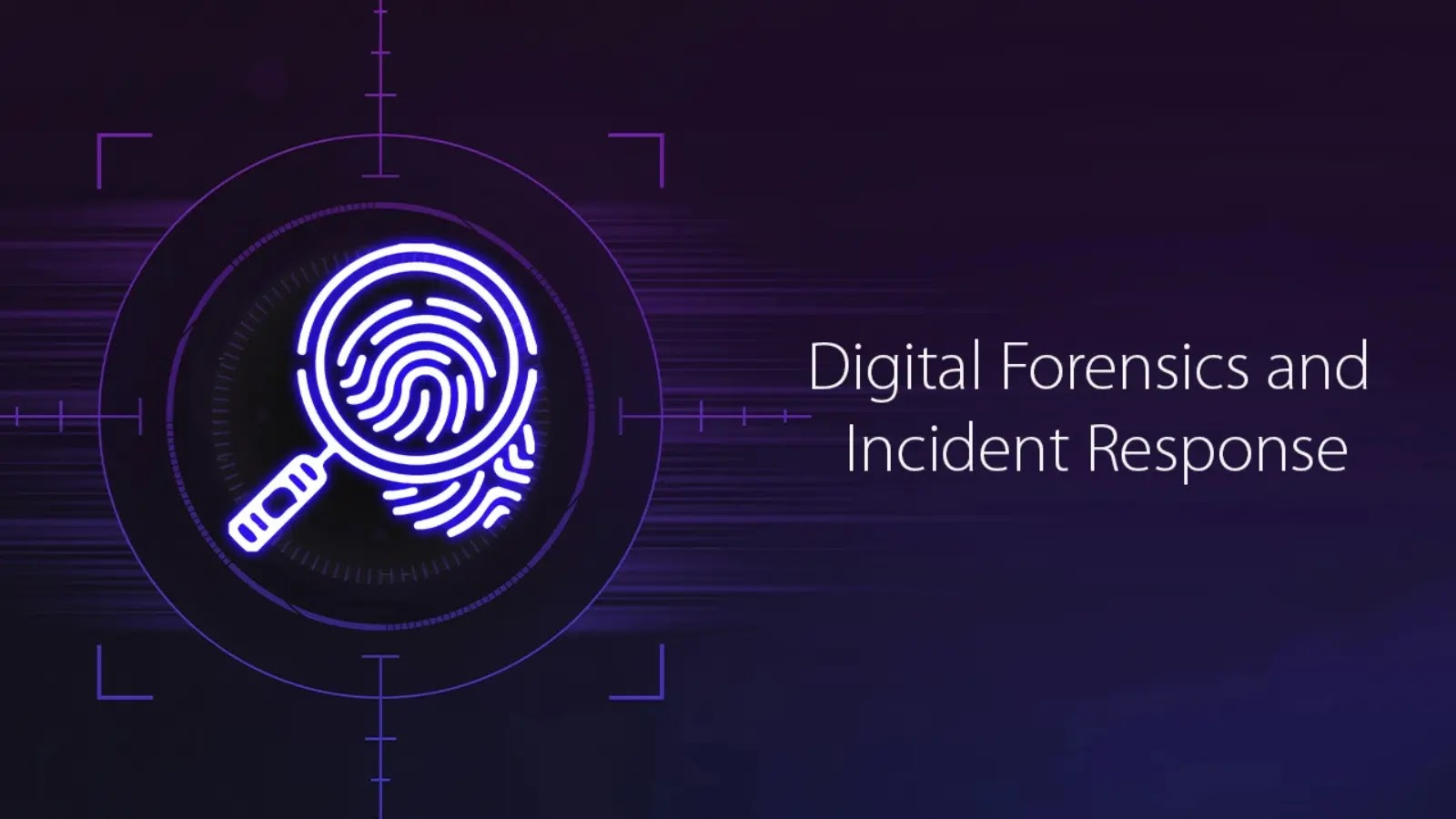In recent developments, cybersecurity experts have identified a sophisticated malware campaign targeting SonicWall’s Secure Mobile Access (SMA) 100 series appliances. This campaign, orchestrated by a threat actor designated as UNC6148, has been active since at least October 2024. The malware, dubbed ‘Overstep,’ is engineered to facilitate data exfiltration, extortion, and potentially deploy ransomware, posing significant risks to organizations relying on these devices for secure remote access.
Understanding the ‘Overstep’ Malware
The ‘Overstep’ malware is a multifaceted threat comprising a backdoor and a user-mode rootkit. These components work in tandem to grant attackers persistent access to compromised devices, enabling them to execute arbitrary commands, harvest sensitive information, and maintain a foothold within the network. The rootkit component is particularly concerning as it can conceal the malware’s presence, making detection and remediation challenging.
Initial Access and Exploitation Techniques
Investigations by Google’s Threat Intelligence Group and Mandiant have revealed that UNC6148 likely gained initial access to SMA appliances by exploiting known vulnerabilities to obtain local administrator credentials. Notably, the following vulnerabilities have been associated with such exploitation:
– CVE-2025-32819: An arbitrary file deletion vulnerability allowing authenticated attackers to delete critical files, potentially leading to a factory reset of the device.
– CVE-2024-38475: A path traversal flaw in Apache HTTP Server that permits unauthenticated attackers to map URLs to file system locations, enabling them to read any file accessible by the web server.
– CVE-2021-20035: An improper neutralization of special elements in the SMA100 management interface, allowing remote attackers to inject arbitrary commands and execute code.
By leveraging these vulnerabilities, attackers could obtain administrative credentials, establish SSL-VPN sessions, and deploy the ‘Overstep’ malware, even on devices that had been patched post-exploitation.
Implications for Organizations
The deployment of ‘Overstep’ malware on SMA appliances has far-reaching implications:
1. Data Exfiltration: Attackers can siphon off sensitive data, including user credentials and proprietary information, leading to potential data breaches and compliance violations.
2. Extortion and Ransomware Deployment: With persistent access, attackers can encrypt critical data and demand ransom payments, disrupting business operations and causing financial losses.
3. Network Compromise: The malware’s rootkit component can facilitate lateral movement within the network, allowing attackers to compromise additional systems and escalate privileges.
Mitigation Strategies
To defend against such sophisticated threats, organizations should implement the following measures:
– Regular Patching: Ensure that all SMA appliances are updated with the latest firmware versions to address known vulnerabilities.
– Credential Management: Regularly update and enforce strong, unique passwords for all administrative accounts.
– Access Controls: Restrict administrative access to trusted sources and implement multi-factor authentication to enhance security.
– Network Monitoring: Deploy intrusion detection systems to monitor for unusual activity indicative of compromise.
– Incident Response Planning: Develop and regularly update incident response plans to swiftly address potential breaches.
Conclusion
The emergence of the ‘Overstep’ malware underscores the evolving threat landscape targeting network appliances. Organizations must adopt a proactive and layered security approach to safeguard their infrastructure against such sophisticated attacks. By staying informed about emerging threats and implementing robust security practices, businesses can mitigate risks and protect their critical assets.



